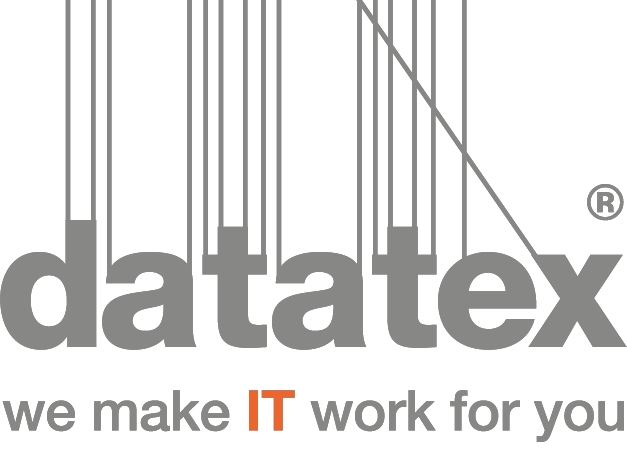Features
Either after capacity planning has occurred or as a step of capacity planning itself, the planning department must schedule production on a resource, either human or machine. The MQM module provides a graphical Gantt chart with user defined rules to make the scheduling process more accurate and more efficient, providing better results in less time.
MQM considers the planned start and end date of every step and presents this planning window to the scheduler, with machines color-coded to indicate best fit and also previously scheduled jobs color-coded to indicate opportunities to reduce setup time. The system dynamically calculates the setup time based on the sequence of product steps and characteristics of the products.
In addition to production resources, capacity, and date, the MQM system consider other constraints. The system can be configured to check material availability dates when scheduling, check future or subsequent production areas to ensure any overlap is within configured allowances, check non-capacity constraints such as tools or staffing levels to ensure the schedule is executable, and also consider the schedule dates of other products on the same order to ensure they complete within an acceptable amount of time of each other, among other considerations.
MQM also has an automatic sequencing capability. The schedule defines the rules, using heuristics to balance on-time delivery, setup cost implications and reduction of WIP. The system will automatically schedule all production that the rules allow and can be run in multiple iterations with loosening restrictions, if needed. Ultimately the remaining few production steps can be manually put on the Gantt chart by the scheduler.
When MQM is integrated to the ERP or shop floor data collection systems (manual or automatic), the schedule will be updated to reflect the reality of the production recording. This will alert the scheduler to jobs running late and the impact on subsequent jobs in the schedule, or the opportunity of moving production ahead due to more efficient processing.
Benefits
Scheduling of any department and area
Scheduling of customers’ orders on specific resources
It takes into consideration all limits and best practices of this field, because it has been designed for textile industry
It is always up to date, thanks to its online work, thus the planner can take decisions studying latest information
It manages many variables thanks to the flexibility of the module, to take the best decision

